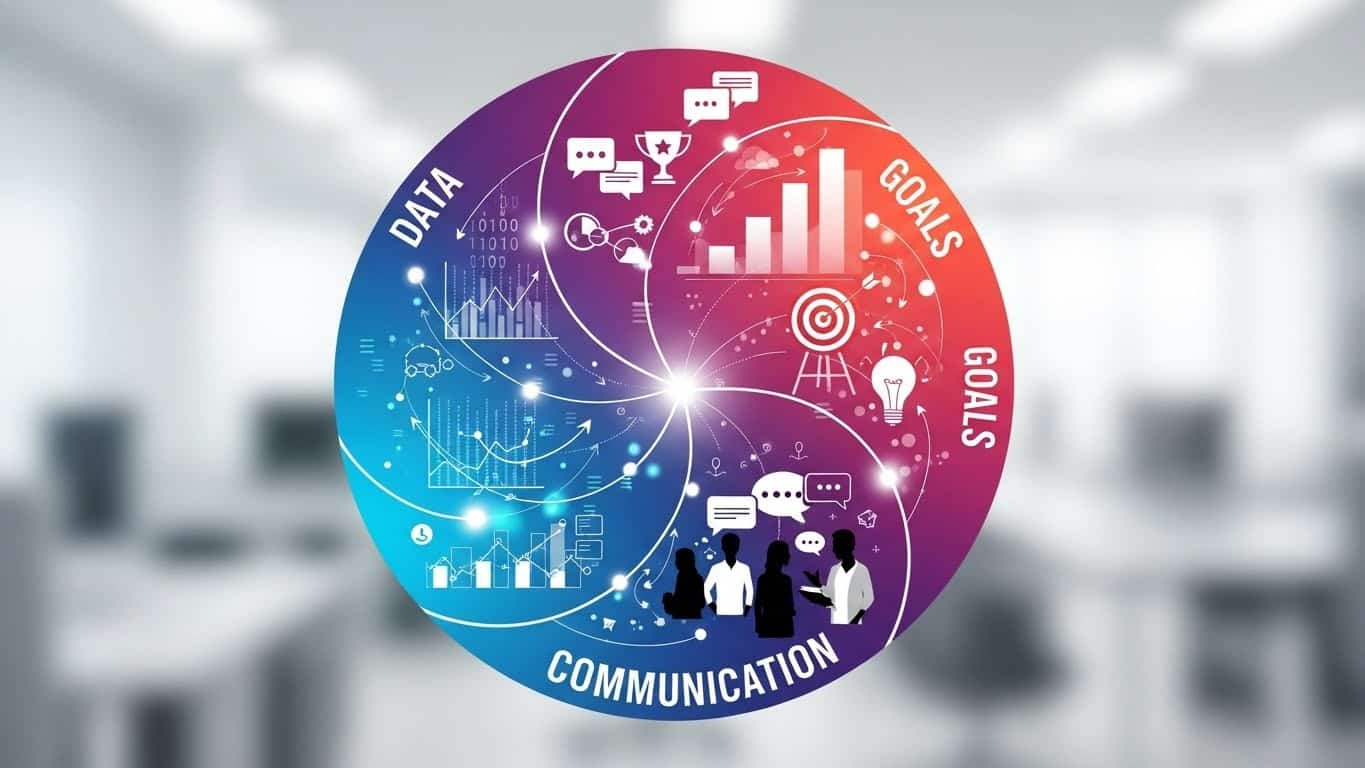Imagine uncovering a hidden goldmine within your organization – one that can propel your business forward with invaluable insights and innovative ideas. In the fifth installment of our Rock Habits series, we dive into this very treasure trove: the practice of regularly collecting employee input. This habit isn’t just about listening; it’s about actively engaging with the wealth of knowledge and perspective that your employees bring to the table every day.
Why Employee Input Matters
Employees are at the frontline of your operations and often have valuable insights into the efficiencies and inefficiencies of your business. Regularly collecting and acting upon their feedback can lead to significant improvements in processes, morale, and overall business performance. As Ken Blanchard famously said, “None of us is as smart as all of us.” This collective intelligence can be a goldmine for organizational growth and innovation.
Real-World Example: Adobe’s “Check-In” Approach
Adobe is an excellent example of effectively utilizing employee feedback. They replaced their annual performance reviews with a “Check-In” approach, where managers and employees have regular conversations about performance and expectations. This shift led to an increase in employee engagement and satisfaction, as well as better alignment with the company’s goals.
Strategies for Effective Employee Feedback Collection
- Regular Feedback Channels: Implement channels such as surveys, suggestion boxes, or regular one-on-one meetings to gather feedback from employees.
- Fostering a Safe Environment for Feedback: Create an environment where employees feel safe and encouraged to share honest feedback without fear of negative repercussions.
- Acting on Feedback: It’s crucial not just to collect feedback but to act on it. Implement changes where necessary and communicate back to employees how their input has led to tangible changes.
- Incorporating Feedback into Strategic Planning: Use employee feedback as a vital input for your strategic planning. It can provide insights into areas that need attention and improvement.
- Acknowledging Contributions: Recognize and appreciate employees for their valuable feedback. This recognition can foster a culture of openness and continuous improvement.
Conclusion
Ongoing employee input is a treasure trove of insights for any business looking to improve and grow. By actively seeking, valuing, and acting upon this feedback, organizations can enhance their internal processes and strategies, leading to sustained growth and success. Stay tuned for our next Rock Habits blog post, where we’ll explore the nuances of analyzing customer feedback.






